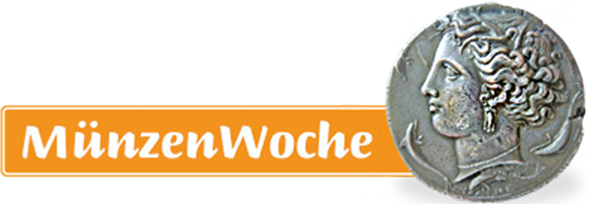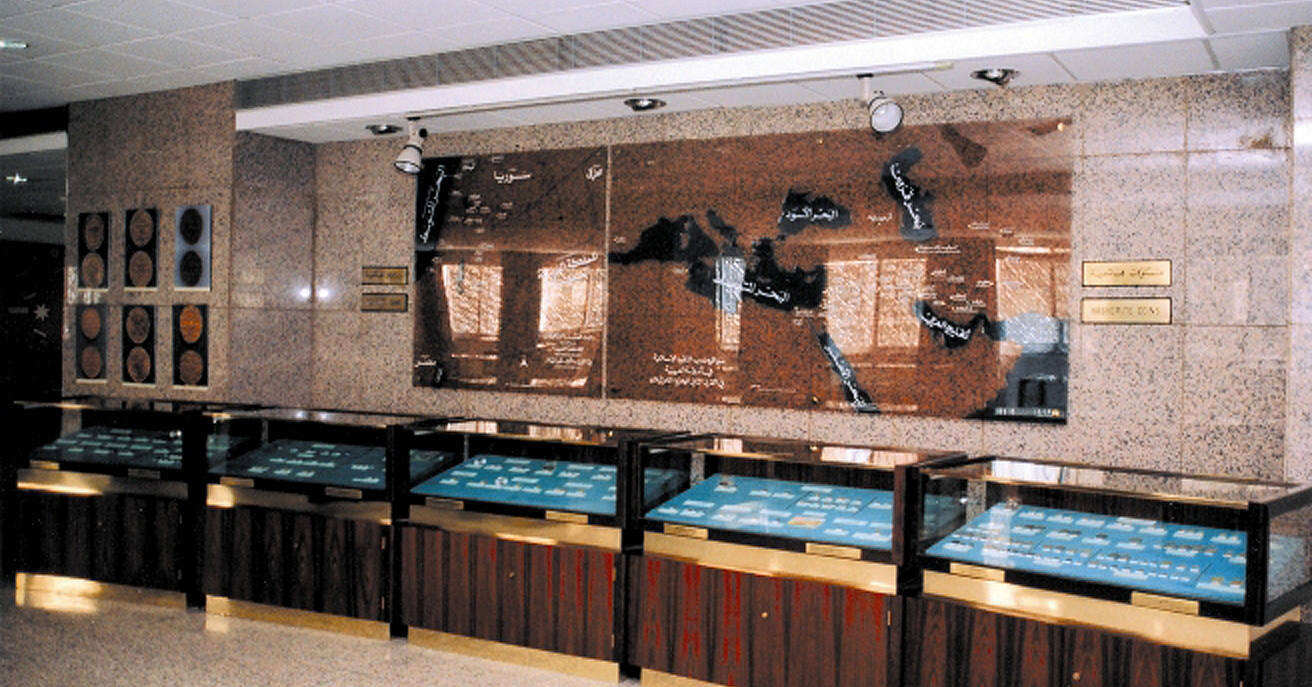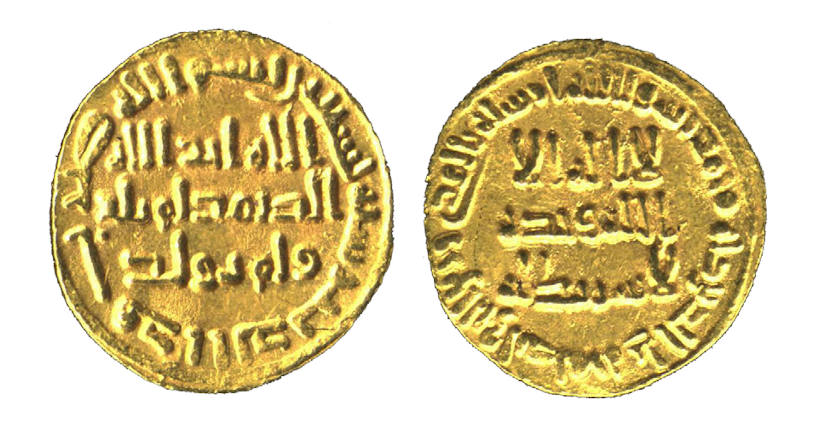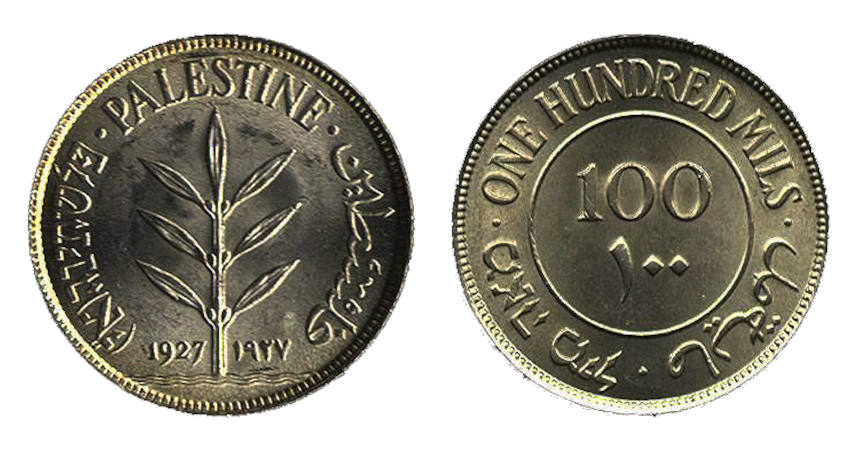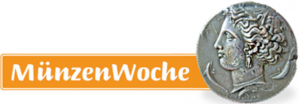Central Bank of Jordan Currency Museum
Wenn es kein Logo gibt, wird diese Spalte einfach leer gelassen. Das Bild oben bitte löschen.
(Dieser Text wird nicht dargestellt.)
King Hussein Street 37
Amman 11118, Jordan
Tel: +962 6 4630301
The collection of the Central Bank of Jordan’s Currency Museum, although established in the early 1980s, was officially inaugurated by the late King Hussein I in 1988. There are 31 display cases in its collection housing over 2,200 coins, banknotes, and medals spread over more than 4,300 square feet (400 square meters).
Coins Used in Jordan Through the Ages
On display are old and new coins, which were used in Jordan from the time of the Greeks until the last issue of Jordanian coins and banknotes, notably during the Islamic period. In addition, there are coins and banknotes issued by The Jordanian Currency Board and the Central Bank of Jordan, as well as the commemorative coins and medals issued by the Central Bank.
The 31 cases are arranged in chronological order starting with the coins which had circulated in Jordan before Islam. This includes coins circulated from the 5th century BC to the 7th century AD, starting with Greek, Nabataean, and Roman coins in addition to the coins of the Decapolis, Byzantine and Sassanian periods.
The early Islamic coins (Arab Sassanian and Arab Byzantine coins), in addition to the Islamic coins which were struck from the 7th to the 16th century, are from the periods of the Umayyads, Abbasids, Fatimids, Ayyubids, Selijuks, Mamluks, and the Mongol Khans. The inscriptions were originally verses from the Qur’an, and within a century, they documented the name of the caliph, date, and place of issue.
Ottomans and the Hashemites
Ottoman coins were circulated in this region from the 16th century onwards in addition to the coins and banknotes of the Hashemite in Hejaz, Iraq, and Syria from 1916 to 1958.
Hashemite coinage and banknotes, starting with the issues of Sherif Hussein Bin Ali in Hijaz, through the Syrian issues of Faisal I in 1920, then the Iraqi issues of Faisal I, Ghazi I and Faisal II are on display. These are in addition to Egyptian coins and coins issued by the Palestine Currency Board, which had been circulated in Jordan before 1949.
Also included are Jordanian coins and banknotes, issued by the Jordanian Currency Board in 1949 and the Central Bank of Jordan from 1964 to the present time, and including the commemorative coins and medals which were issued by the bank to commemorate several occasions.
This text was written by Howard M. Berlin and first published in his book Numismatourist in 2014.
You can order his numismatic guidebook at Amazon.
Howard M. Berlin has his own website.





